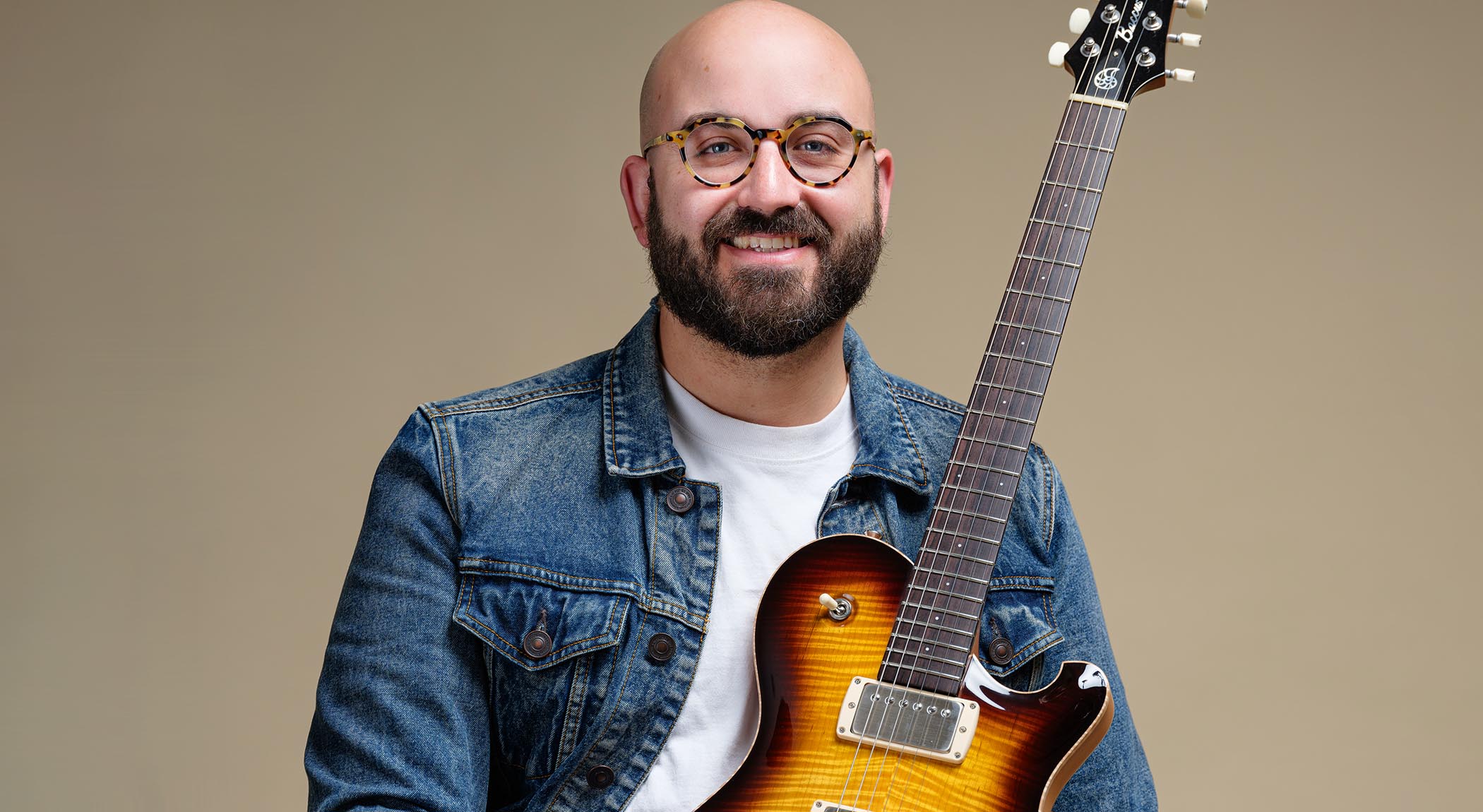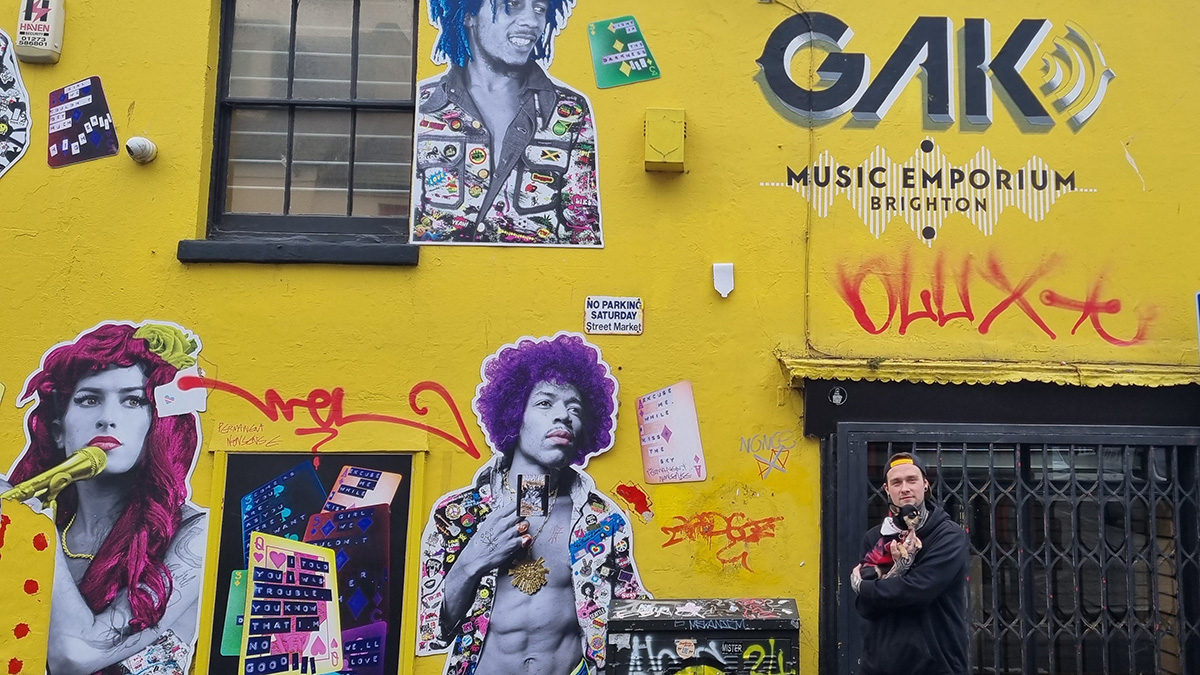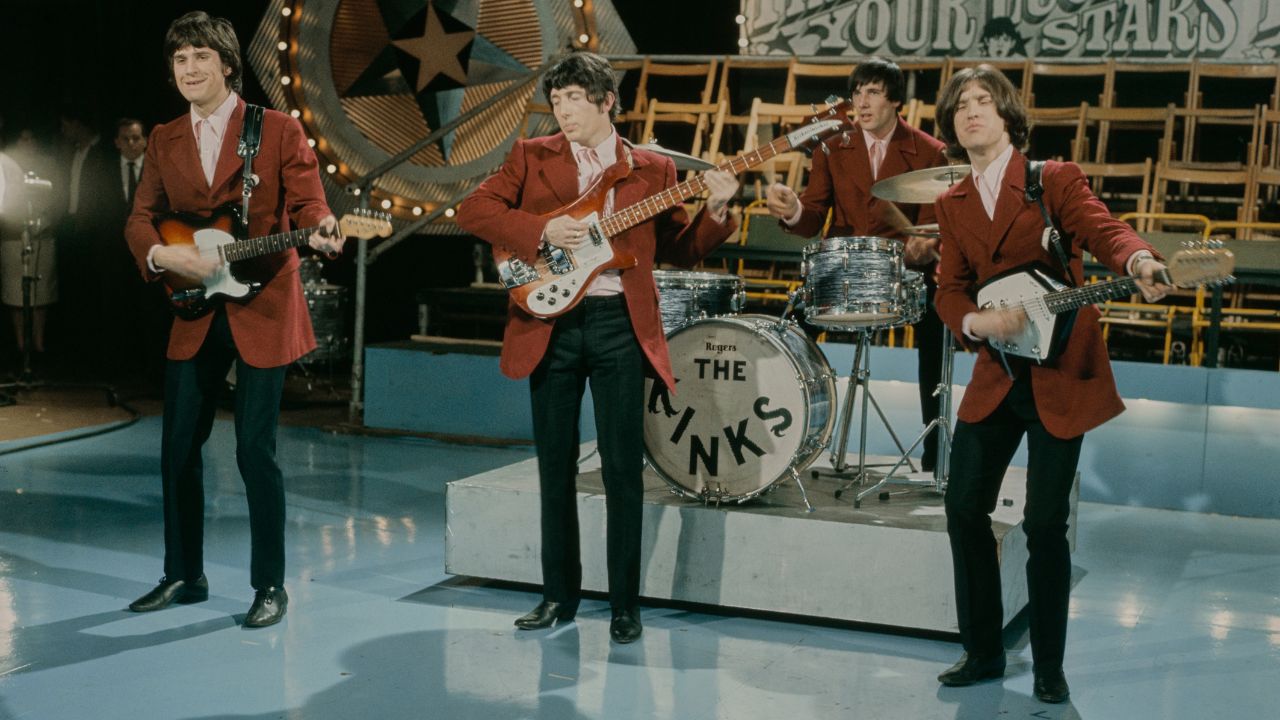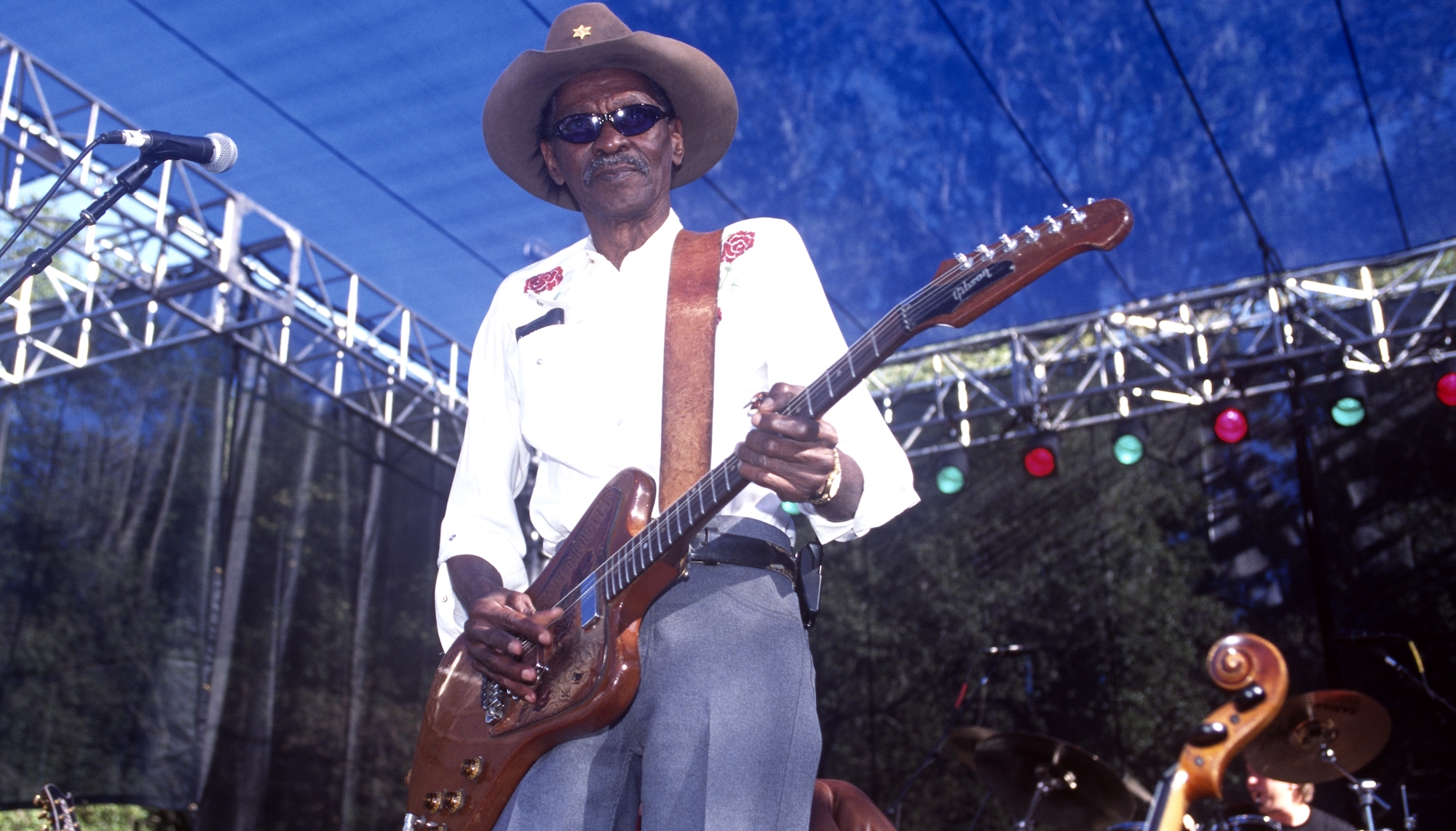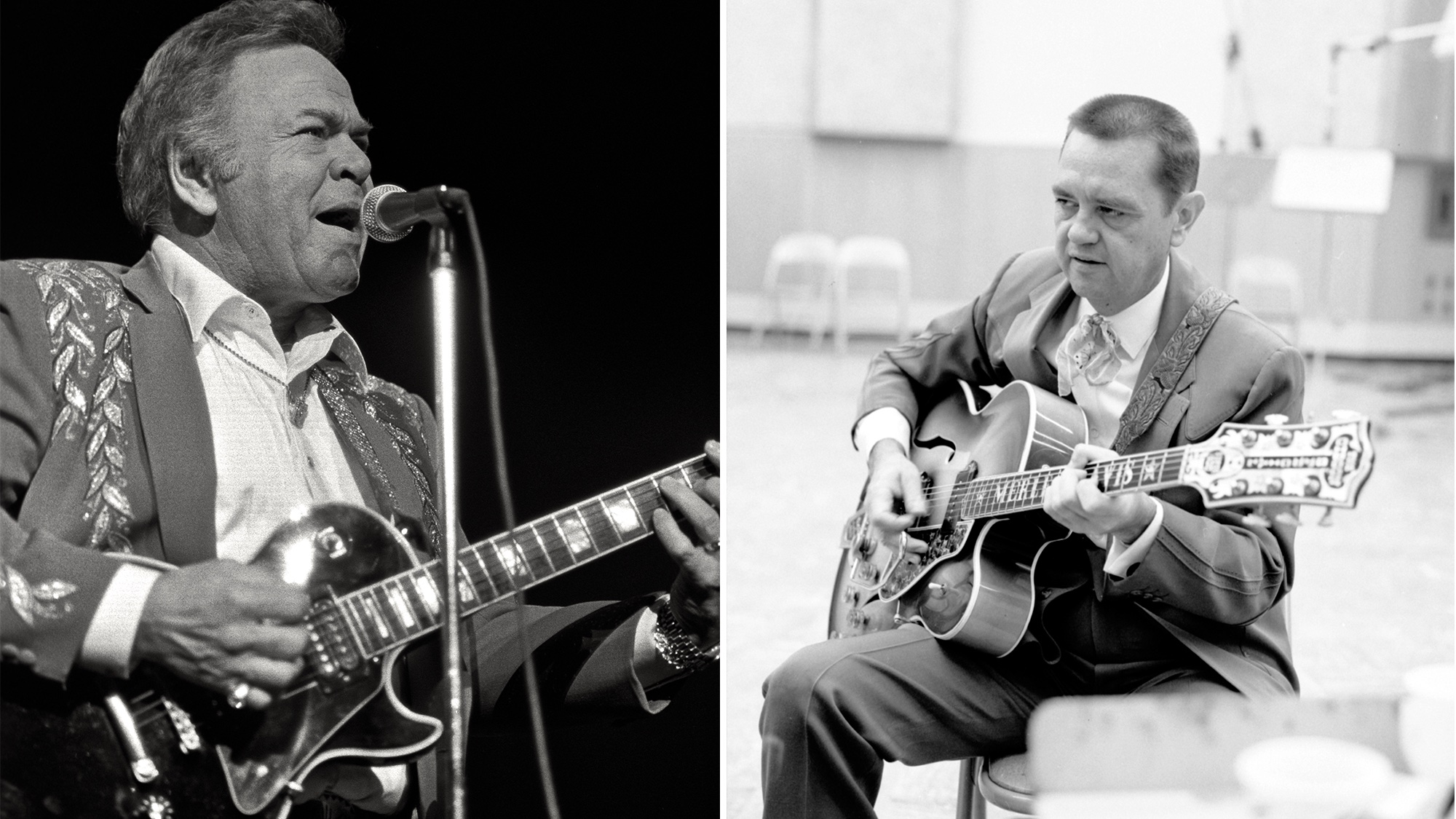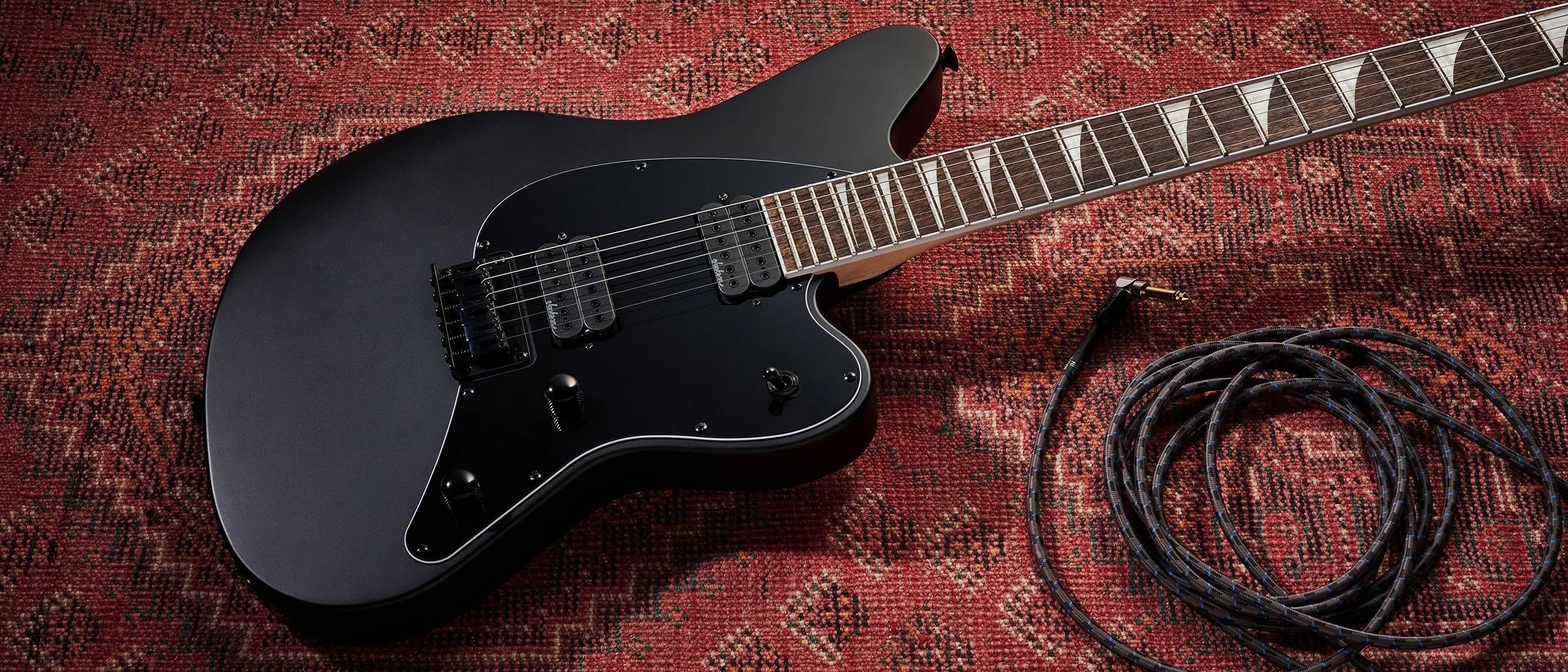Steve Morse Talks Deep Purple History and U.S. Tour, Plus New Flying Colors Album, 'Second Nature'
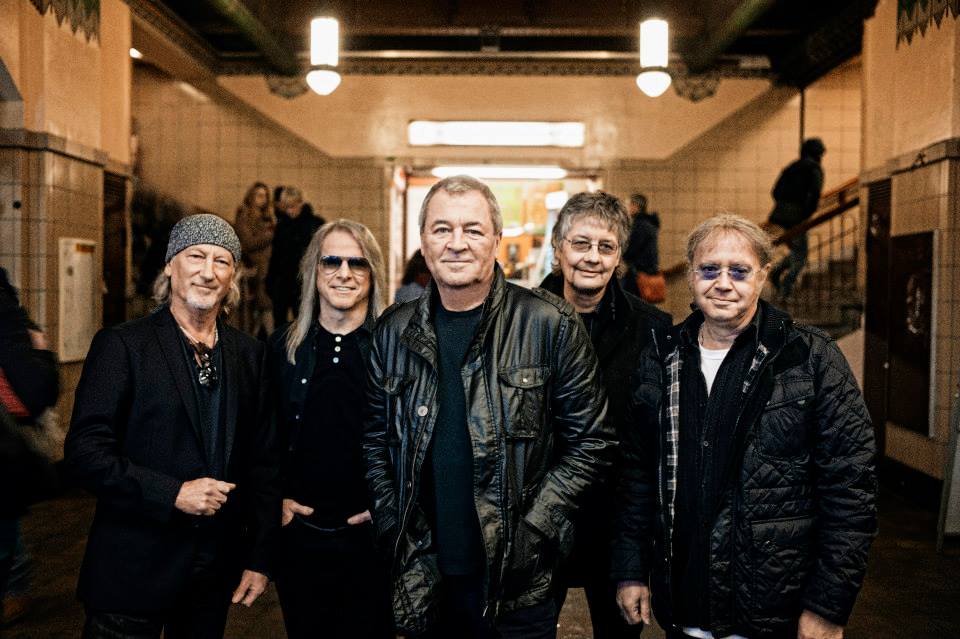
Deep Purple’s latest album, 2013's Now What?!, marked the opening of next chapter in the band’s 46-year career.
Blending the spirit of classic Seventies Deep Purple with modern production and a progressive mindset, the album reached Number 1 in several countries, including Germany and Russia, and gave the band its first British Top 20 album in 20 years.
Guitarist Steve Morse is celebrating his 20th anniversary with Deep Purple by joining the band for a month's worth of U.S tour dates that will take them from Washington state to Florida — and pretty much everywhere in between.
The band's current lineup is Ian Paice (drums), Ian Gillan (vocals), Roger Glover (bass), Steve Morse (guitar) and Don Airey (keyboards).
I recently spoke with Morse and got an update on the Deep Purple tour, his gear and the new Flying Colors album, Second Nature, which is due for an August 30 release. In Flying Colors, Morse is joined by Mike Portnoy, Neal Morse, Dave LaRue and Casey McPherson.
GUITAR WORLD: How has reaction been to Deep Purple's Now What?!?
It's been really good, and I credit that to Bob Ezrin [producer] for keeping the energy and focus of the band and for getting that little bit extra out of everyone. There was a heavy emphasis on pre-production for this album, and Bob really worked hard behind the scenes — even before we had recorded a single note.
Get The Pick Newsletter
All the latest guitar news, interviews, lessons, reviews, deals and more, direct to your inbox!
What can you tell me about the musical influences that inspired the track "All the Time in the World"?
Don Airey is a big fan of American-style music. He can just pick up and start playing any Booker T. & the M.G.s tune or any jazz standard. He's really eclectic in that way. Then there’s Ian Paice, who was into R&B, swing and jazz even before he came into Deep Purple. We all have our different influences. That particular song has a Motown, rhythm-and-groove kind of feel to it.
2014 marks 20 years that you’ve been with Deep Purple. Does it feel like it’s been that long?
My perception of time is gone [laughs]. I really can't believe how fast the years have rolled by.
Can you tell me how you got involved with the band?
Shortly after Ritchie [Blackmore] left the band, Joe Satriani was suggested as a replacement for the tour they were doing. Joe's a real pro who can just walk in and make something sound amazing. I learned a lot just from listening to his version of the set.
At some point, though, they realized Joe had his own thing going and this was just going to be a temporary solution. They really needed someone to come in and develop a sense of permanence with the band. Roger had seen me play live with the Steve Morse Band in the past, and the other guys had heard the Dixie Dregs stuff in England, so there was already some familiarity with me.
We initially had agreed to do four shows together in 1994. Prior to the first show, I had learned the last set they had played with Joe and had also listened to some of the recordings with Ritchie. I decided to use an amalgamation of the two approaches when we got together. I was a little apprehensive at first, but once we started to jam, the groove felt great and everyone was smiling and having a great time. Sometimes the chemistry just works out that way.
Will there be another Deep Purple studio album?
Yes. We're working on another studio record and have already had the writing sessions for it. Bob Ezrin is back on board for this one. It's nice to have someone like him in charge of the complexity that can surround an album because there are so many decisions that need to be made.
What can you tell me about the new Flying Colors album, Second Nature?
This one is a little bit longer in terms of its arrangement. We also all co-produced, so it's a little bit less restrained. The essential element is similar to Deep Purple in that I’m working with people I feel comfortable with. One of the differences with Flying Colors is that there may be a little more haggling about the details [laughs]. In some ways, everyone has a strong opinion, but we always work it all out.
What’s your live setup like?
With Purple, I use the Y2D Music Man guitar. With Flying Colors I’ll use my blue-finished original four-pickup guitar. I've also got an Engl head I use through a fairly typical 4x12 cabinet. It's a German amp I came upon through one of my guitar roadies. They custom modified it to my specs, and it’s now become a signature amp. It's got a creamy, smooth high end as opposed to being irritating and brittle. The sound is clean enough to where I can do solo gigs and actually play classical guitar through the amp without distortion.
For pedals, I have two TC Electronic Flashback delays. They were kind enough to do a custom sound for me. They’re wet delays that can easily be set, and they go into Ernie Ball volume pedals, which determine how much of a delay you’ll hear. I also use a TC Reverb and a Keeley compressor.
Is there a single memory from your career that stands out above the others?
I remember not even being old enough to drive when my band opened for a group called the Hampton Grease Band with Col. Bruce Hampton, who at the time was a local Atlanta fixture. There was a big crowd and I remember it was the first time I really got into the moment of performing and not being nervous at all. I actually became a part of the show with the crowd. That is to say, I was enjoying it just as much as they were enjoying the fact that the live music was taking them away from whatever was going on in their lives at that moment.
That was where I discovered the real secret to performing: You don't ever fake it. I've never been one to try to manipulate the audience. I prefer to experience the show with them.
James Wood is a writer, musician and self-proclaimed metalhead who maintains his own website, GoJimmyGo.net. His articles and interviews are written on a variety of topics with passion and humor. You can follow him on Twitter @JimEWood.
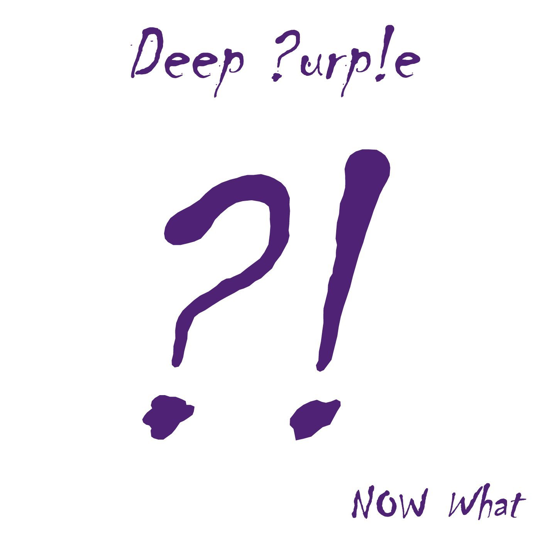
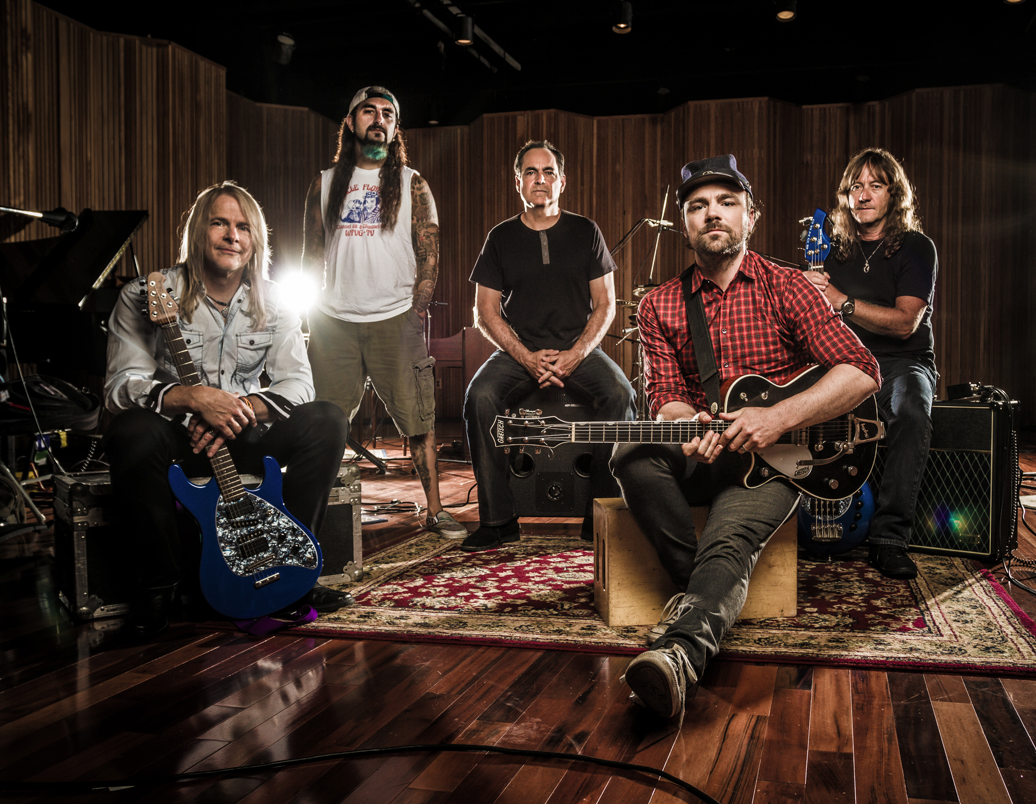
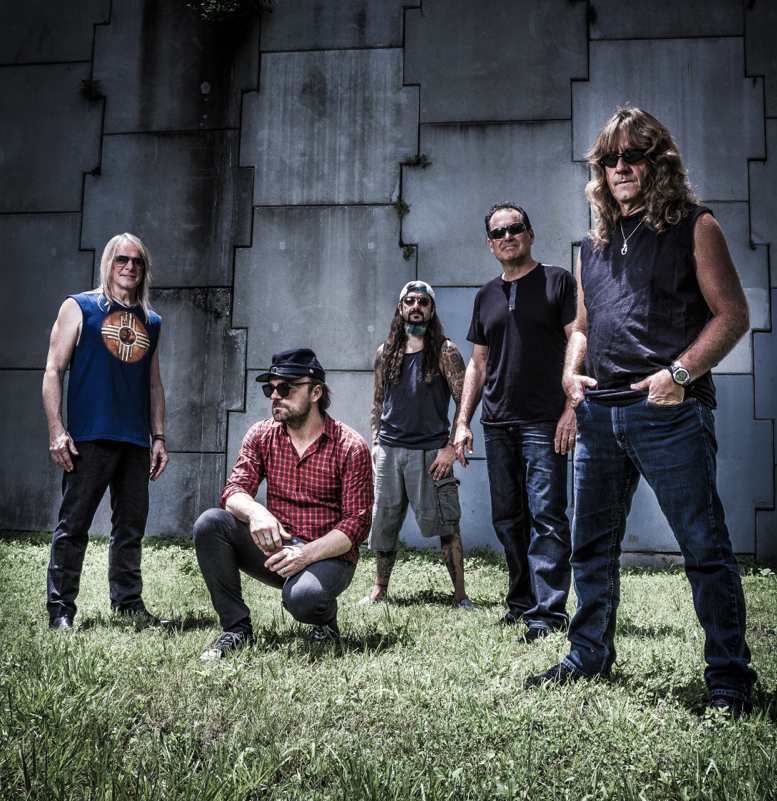
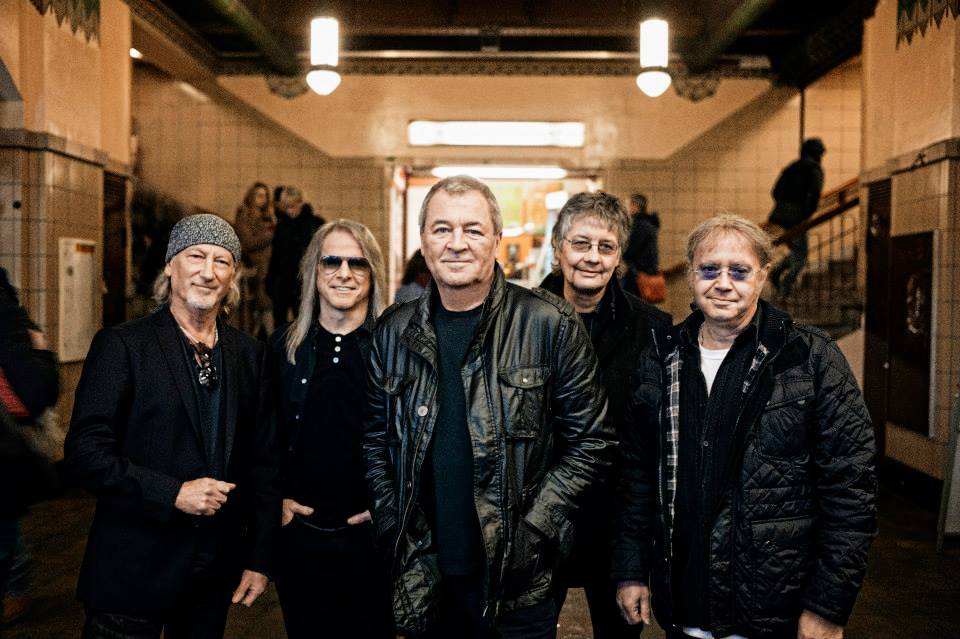
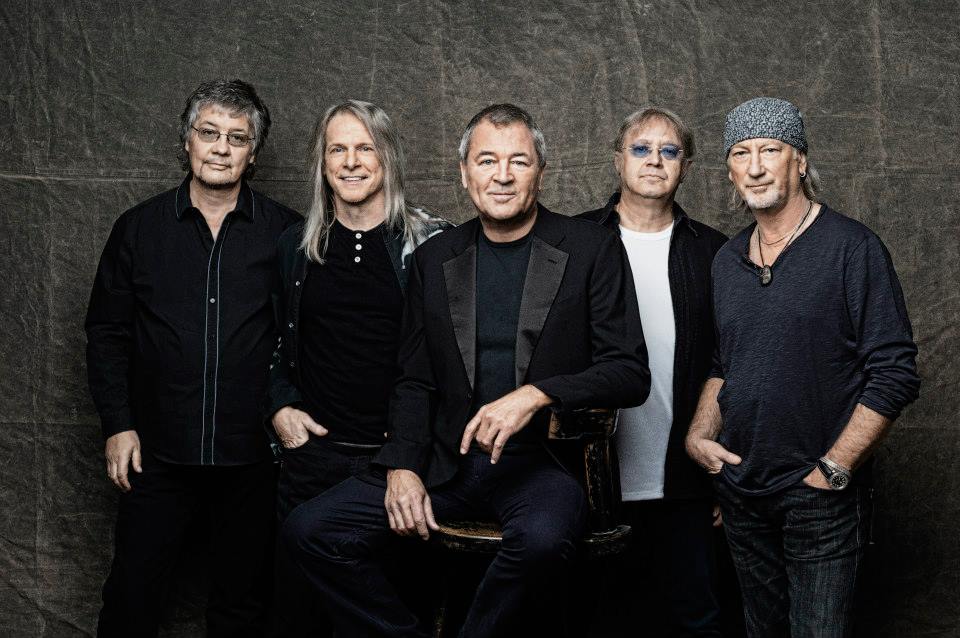
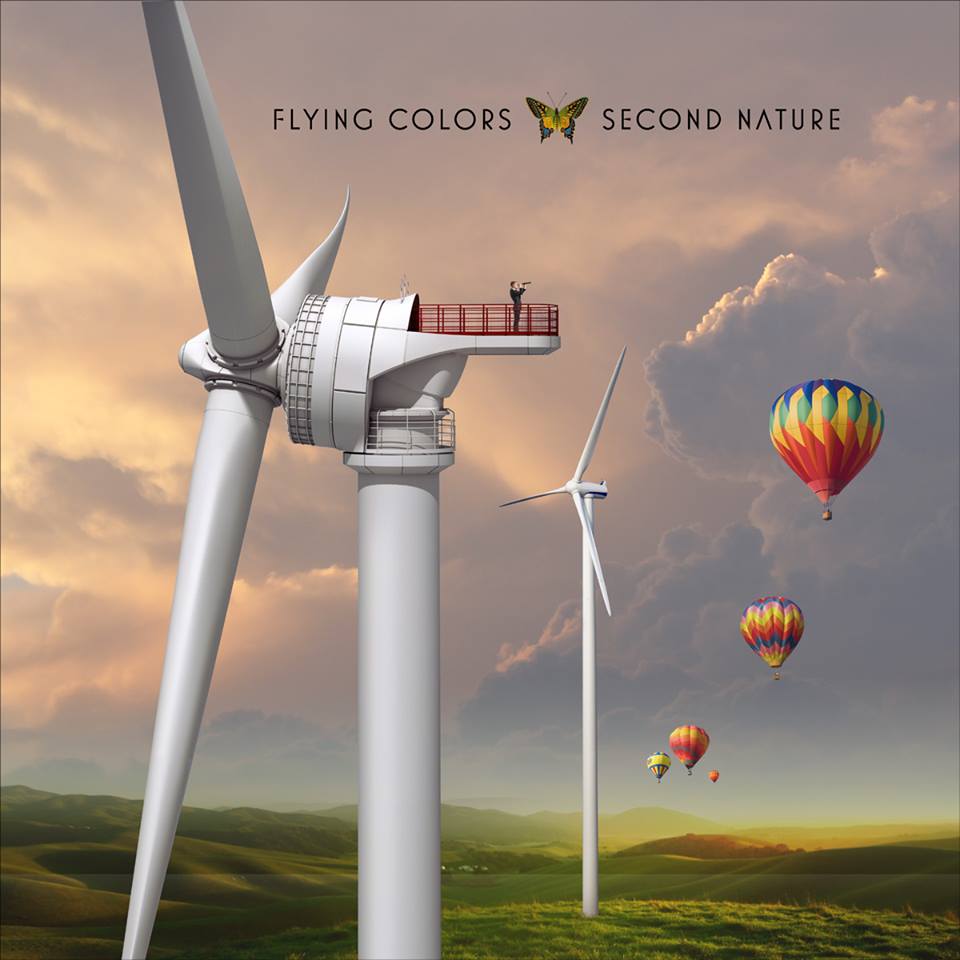
James is a guitarist and freelance writer who's interviewed some of the biggest names in music. He is the author of four books and his writing credits include work for Guitar World, AXS and Yahoo! as well as for his hometown newspaper where he writes on a variety of topics with both passion and humor. As a guitarist, he's performed everywhere from local bars and nightclubs to some of the biggest stages in front of thousands of music fans.

